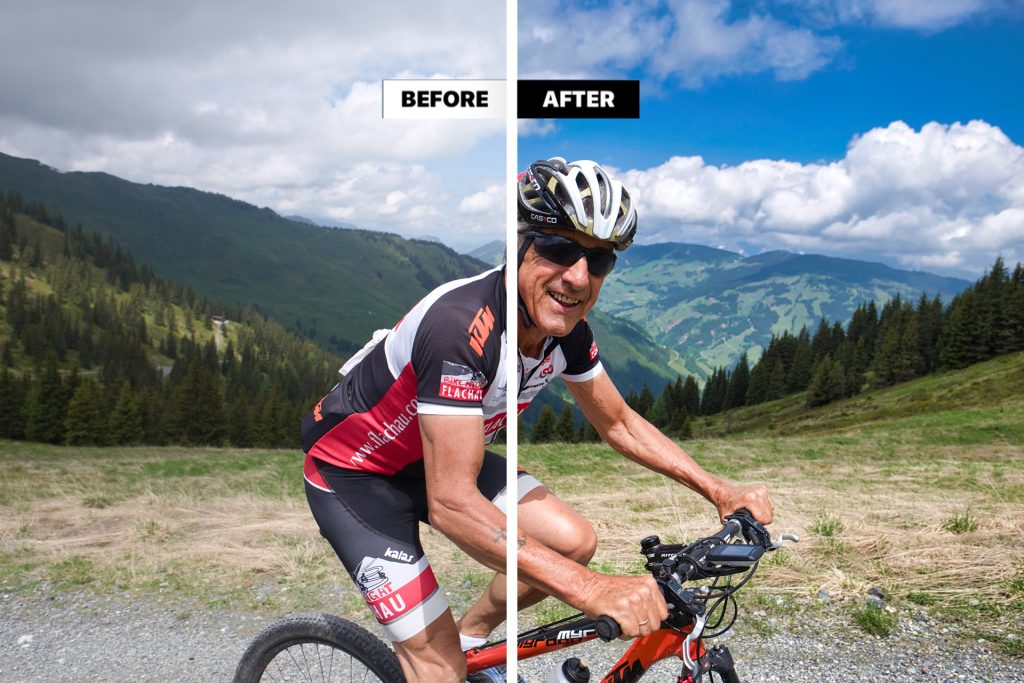Capturing Sports and Action Photography: Techniques and Tips
Sports and action photography is an exciting genre that allows photographers to freeze dynamic moments, showcasing the speed, agility, and intensity of athletes and performers. Whether you’re capturing fast-paced sports events, dance performances, or any action-packed scenario, mastering this art requires specific skills and techniques. In this comprehensive guide, we will explore the world of sports and action photography, providing you with valuable insights and tips to take your shots to the next level.

Equipment Essentials
Before diving into action photography, it’s crucial to have the right equipment. Here are some essential tools to consider:
- Fast Camera: A camera with a fast burst mode (frames per second) is essential to capture rapid movements without missing critical moments. DSLRs and mirrorless cameras are popular choices.
- Telephoto Lens: Invest in a telephoto lens with a long focal length (e.g., 70-200mm or 100-400mm) to get close-up shots of distant subjects.
- Tripod or Monopod: While not always necessary, a tripod or monopod can help stabilize your shots, especially in low-light conditions.
- High-Quality Memory Cards: Fast, high-capacity memory cards ensure you can shoot continuously without delays.
- External Flash: In indoor or low-light situations, an external flash can provide better lighting and freeze action.

Mastering the Basics
Before you can capture jaw-dropping action shots, you must understand the basics:
Shutter Speed
Shutter speed controls how long the camera’s sensor is exposed to light. In action photography, a fast shutter speed (1/500th of a second or faster) is crucial to freeze motion. Experiment with different shutter speeds to achieve the desired effect.
Aperture
A wide aperture (e.g., f/2.8) creates a shallow depth of field, isolating your subject and blurring the background. A smaller aperture (e.g., f/8 or higher) increases depth of field, keeping more of the scene in focus.
ISO
Higher ISO settings are ideal for low-light conditions but may introduce noise. Use the lowest ISO setting possible while maintaining a fast shutter speed.

Capturing the Action
Now that you have the basics down, let’s explore some practical tips:
- Anticipate the Action: Familiarize yourself with the sport or performance to anticipate critical moments. Understanding the timing of actions will help you capture decisive shots.
- Continuous Autofocus: Use continuous autofocus mode to track moving subjects. This feature is especially helpful when shooting sports with erratic movement.
- Pre-Focus: Pre-focus on a specific spot where the action is likely to occur, and then wait for the subject to enter the frame. This technique can minimize shutter lag.
- Burst Mode: Utilize burst mode to capture a rapid sequence of shots. Sorting through these frames later allows you to select the perfect moment.
- Pan and Shoot: Panning involves following your subject’s movement with your camera while using a slower shutter speed. This technique can create a sense of motion while keeping the subject sharp.
- Experiment with Angles: Change your perspective by shooting from various angles—high, low, and eye level—to add variety to your shots.
Composition and Framing
Composition plays a crucial role in action photography:
- Rule of Thirds: Compose your shots using the rule of thirds, placing the subject off-center for a more dynamic image.
- Leading Lines: Utilize leading lines, such as a track or a road, to guide the viewer’s eye toward the subject.
- Background Consideration: Pay attention to the background, as cluttered or distracting backgrounds can take attention away from the subject.
- Timing: Capture shots at the peak of action or emotion to convey the story effectively.
Post-Processing
After capturing your action shots, post-processing can enhance your images:
- Crop and Straighten: Crop your images to remove distractions and straighten horizons.
- Adjust Exposure: Fine-tune exposure settings to balance highlights and shadows.
- Increase Contrast: Enhance contrast to make the subject pop.
- Sharpening: Apply selective sharpening to make the subject details stand out.
- Color Correction: Adjust colors to achieve the desired mood.

Safety and Ethics
Finally, always prioritize safety and respect for your subjects. Maintain a safe distance, follow event guidelines, and respect the privacy and consent of individuals you photograph.
With practice and dedication, you can master the art of sports and action photography. Keep experimenting, learning from your mistakes, and refining your techniques to capture unforgettable moments in motion.